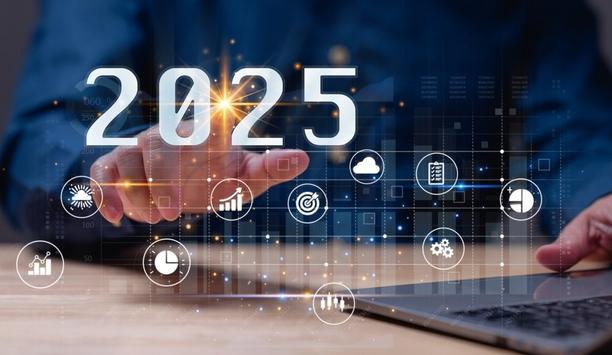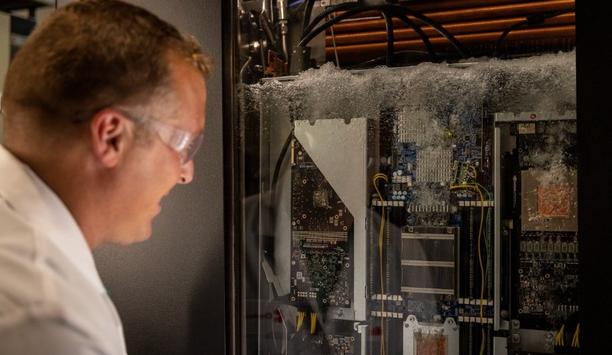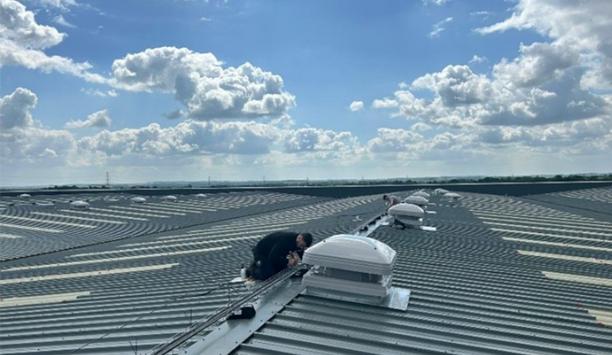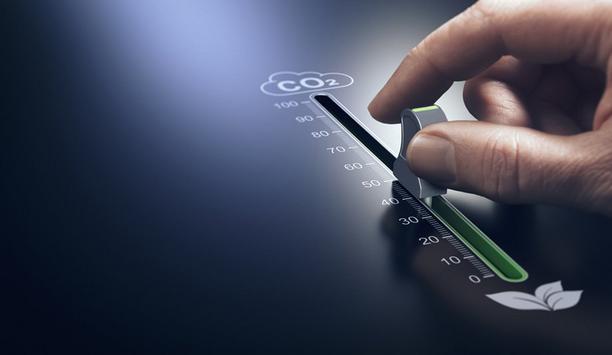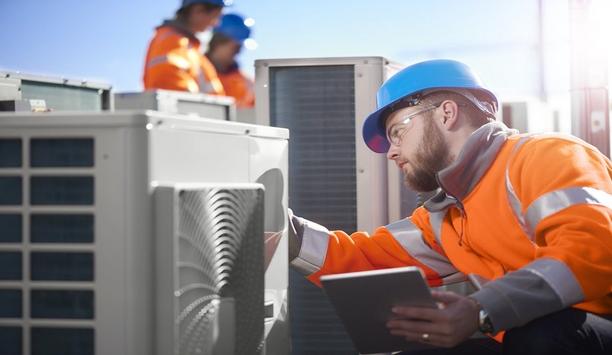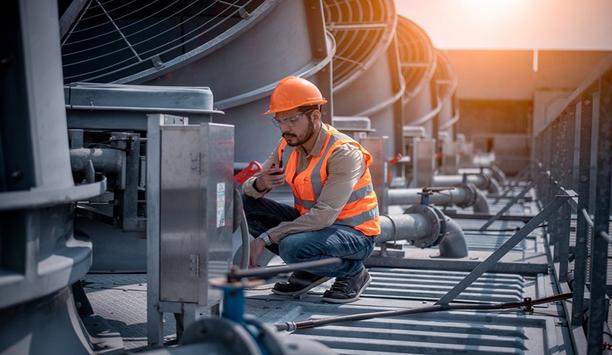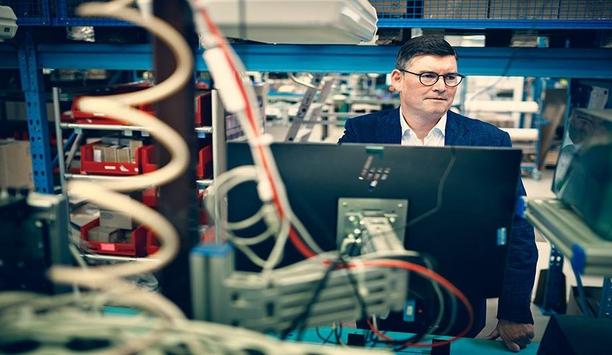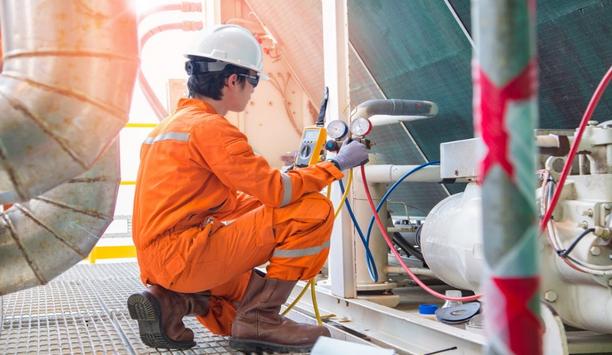HVAC Plumbing - Expert Commentary
The HVAC industry stands at a critical juncture, facing substantial regulatory pressures aimed at reducing its environmental impact through the phased elimination of high Global Warming Potential (GWP) refrigerants. Driven by international agreements and local environmental guidelines, manufacturers, suppliers, and service providers are swiftly transitioning towards more sustainable alternatives. This shift is fundamentally reshaping compressor technologies, retrofitting procedures, and lifecyc...
As demand continues to grow for sustainable, energy-efficient solutions in refrigeration and heating, both Europe and North America are navigating a rapid transition toward natural refrigerants. There is a strong demand for new CO2 systems, including heat pumps and various other applications. Higher capacity compressors with larger operating envelope, such as Danfoss’ Bock HGX56 CO2 T series, will play a critical role in supporting this growing need. Air to water heat pumps As shown in...
Although energy efficiency continues to be a focus of home renovation, HVAC professionals are sometimes hesitant to work on older homes. The potential costs and complexities of replacing outdated HVAC systems or installing a solution where one doesn’t exist can make them nervous. However, installing all-electric, all-climate heat pumps in homes built decades ago, even a century ago, is an everyday occurrence in the northeastern U.S. Heating and cooling systems A sizable portion of Jay...
Training has always been important in the heating sector, not least of all because of the dangers associated with working with gas, the traditionally dominant heating fuel in the UK. With the changes that are occurring across the heating industry, primarily the move towards decarbonization, manifesting in a transition to heat pumps, training is more important than ever. Principles of heat pump technology Training could take the form of a CPD on understanding the guides of heat pump technolog...
The HVAC/R industry is in the process of a major shift as A2L refrigerants become the standard in residential and commercial system HVAC. This change is being propelled by stricter environmental policy and advancements in refrigeration technology. However, the transition is not without its hurdles, posing new considerations for system owners, technicians, and equipment manufacturers. Favor of GWP alternatives The Environmental Protection Agency (EPA) has established clear guidelines to phase...
It’s often said the only constant in life is change. In the HVACR industry, that phrase has been especially true. We saw another year of transitions in 2024 that included evolving efficiency and refrigerant regulations, changing corporate net zero targets, the continued emergence of advanced heat pumps, and the impact of artificial intelligence (AI) in building management. Smart and sustainable Throughout these transformations, the industry continues to overcome challenges and in...
For warehouse and factory owners, cutting their heat energy bills by over 90% might seem like a pipedream. I’ve been in enough warehouses to know one thing: heating them is expensive and frustrating. It often feels like throwing money into the wind. However, times are changing, and with the introduction of Shortwave Infrared (SWI), a revolutionary technology set to redefine warehouse heating, business owners can finally achieve energy savings on the scale they need. Shortwave Infra...
Data centers worldwide are under intense pressure. High-powered computing is a global necessity that seemingly gets more demanding by the day. There’s also the need to prioritize sustainability improvements ranging from resource conservation to decarbonization. And data centers must consider their bottom line and remain competitive. Anticipating the challenges data centers will continue to face, scientists and engineers have innovated two-phase (2-PIC) immersion cooling. With the capacit...
Until a couple of years ago, most of the talk about heat pumps occurred around this time of year, when more than half the planet prepares for an autumn cooldown. These discussions were typically limited to regions that only experienced moderate winters. But as anyone who has recently perused an HVACR trade magazine or website—or participated in an industry webinar, event, or social media conversation—can tell you, the topic of heat pumps is virtually unavoidable. Not only do heat p...
The HVAC market is forecasted to grow at a projected compound annual growth rate (CAGR) of 3.9%, with a prediction to reach $370 billion by 2030. But in reality, the HVAC and plumbing industry is changing rapidly, with operators facing new challenges like never before. Whether it’s rising costs, the uncertain economy, increasing competition, or the workforce shortage, there’s no doubt the HVAC and plumbing market is evolving. So how do you adapt? That’s the key question. My t...
How can UK businesses effectively tackle the challenge of cooling commercial and industrial buildings? Cooling commercial and industrial buildings can be a challenge for UK businesses. In recent years, the spiraling energy costs have put pressure on businesses with regard to finding new and innovative ways to achieve the same result with less capital outlay and less maintenance. New system installs have sometimes been put on hold and maintenance schedules squeezed, leaving many businesses with...
From temperate climates that reach mid-90 F in June and mild winters allowing people to be outdoors without jackets to the “May flowers” that bloom in early March, it’s evident that society is experiencing World Refrigeration Day’s 2024 theme: “Temperature matters.” In addition to driving climate change, global warming is driving changes in how people live and how industries adapt and innovate to support new dynamics. This is especially true for the HVACR Indu...
“Decarbonising home heating represents one of the biggest challenges to the government achieving net zero,” was a conclusion of the recent National Audit Office report ‘Decarbonising home heating’. The facts, the report states clearly in the opening are: 18% of the UK’s greenhouse gas emissions in 2021 were from home heating and 55,000 heat pumps were sold in the UK in 2022. decarbonizing home heating Crucial to decarbonizing home heating is the government&rsquo...
Peter Van Den Heede, Head of Sales and Marketing, Benelux, ABB Motion, explains how electrification systems are paving the way for sustainable urban landscapes. As the fight against climate change intensifies, the European Union has set crystal clear targets on the path to Net Zero. If we are to meet the EU’s ambitious goals of a 55 percent reduction in greenhouse gas emissions by 2030, and complete climate neutrality by 2050, then we need to find ever-smarter ways to save energy.&n...
College was never the only path to success. There are many other nontraditional avenues to success, and I had the privilege of blindly venturing down one myself. My path included a short stint in college, then trade school, an apprenticeship, a role building a training program, a managerial role running a branch, and ultimately a leadership role running a large region of companies. I started my career as a heating, ventilation, and air conditioning technician, and I didn’t think I’...
This time of year, a lot of planning is underway. Companies throughout the HVACR industry are mapping out the best path to maintain their current level of business, pursue growth while staying in their lane, or expand into a new area based on changing customer needs and industry opportunities. Whether you’re a small family-owned residential HVAC shop, a major player in commercial HVACR service or manufacturing, or anywhere in between, it’s helpful to be aware of the strong dynamics...
Nothing is immune to entropy. As buildings age, they suffer natural breakdowns in efficiency, performance, and useability, compromising occupant comfort and leading to higher energy bills. Luckily, they do not have to stay that way. Retro-commissioning brings existing structures up to speed so they can function their best. What Is Commissioning? Commissioning helps buildings operate as the owners intended and ensures staff maintains their equipment and systems. During new construct...
Circularity. Some may call it a “hot topic.” But in reality, the concept and practice of circularity is here to stay, indefinitely, for the simple reason that the sustainability of our planet depends on it. Whatever type of product you sell, “widget” you manufacture, or service you provide, achieving circularity, that is, putting practices in place so that materials remain in circulation and never become waste is finding its way onto the priority list of every business....
Using air conditioners and electric fans to stay cool accounts for nearly 20% of the total electricity used in buildings around the world, according to a report from the International Energy Agency. hybrid work model As a unique mix of key factors, such as the adoption of the hybrid work model and escalating heatwaves in certain regions of the United States keep people indoors for longer periods, this 20% share represents an increasingly costly line item on household budgets. Those within th...
Energy bills for small businesses have become a major issue throughout 2023. As prices have risen drastically over the last twelve months, SMEs have been relying on the government’s Energy Bill Relief Scheme. Originally set up to support livelihoods, energy bills for businesses in the public sector were capped at £2,500 per year. However, in March, the government support scheme was replaced with the scaled-down Energy Bill Discount Scheme, leaving businesses and public sector organ...
Summer may not seem like the most opportune time to be selling heating products and solutions. The temperatures are already hot, so why would a homeowner need to worry about their heating source? For many HVAC clients, the idea of being proactive before the cold weather drops is foreign. That’s why contractors need to remind them of the importance of focusing on their heating units during the summer. capitalize on heating solutions There are plenty of opportunities available for contra...
Coastal and tropical areas present their own unique challenges for business and residential HVAC units. For these machines, which we use to create comfortable, safe air for occupants, corrosion is enemy number one in high moisture environments. Due to the high level of moisture and salts in the air along the coast, HVAC solutions are more susceptible to corrosion. These salts can negatively impact unprotected coil fins and metal surfaces, causing them to corrode, which can ultimately lead to s...
With each passing year, more and more individuals are becoming conscious of the importance of sustainability. As a result, there has been a boom in the electric vehicle (EVs) market. According to the International Energy Agency, the sales of EVs doubled in 2021 with nearly 10% of global car sales being electric. Two million electric vehicles were sold in the first quarter of 2022 alone. It was estimated that 13% of new cars sold in 2022 would be electric. Gas-Powered vehicle For those who cho...
Each day we’re reading headlines about decarbonization ambitions for buildings while challenged with supporting day-to-day operational needs. Yet, we’re still tasked with delivering energy and cost reductions. Given the magnitude of energy consumption and the importance to occupant/tenant comfort, HVAC systems warrant significant attention. There are a lot of options with new equipment and controls to drive energy use down and enhance overall comfort that are very impactful, when bu...
The energy savings due to the lowering of heating temperatures during unoccupied periods can exceed 20% in the tertiary sector and 30% in the education sector. When buildings are not occupied continuously, the idling or even the optimized shutdown of heating systems is one of the main sources of energy savings. heating system consumption Indeed the heating system consumption matches the thermal loss of heated buildings. When we willingly let the internal temperature drop during a vacant...
With the UK experiencing increasingly warmer summers and more frequent heatwaves, we’re equally seeing more air conditioning units installed in both commercial and residential spaces. As the demand for air conditioning continues to increase, so too will the demand for copper pipes. Copper is a trusted and reliable material that air conditioning installers have been using for many years and, not only that, it’s also infinitely recyclable – making it a sustainable alternative to...
The importance of caring for the environment has become a top priority both around the world and increasingly in the United States. As regulations and social expectations become more stringent, future-proofing our infrastructure - beginning with energy consumption in buildings - is a natural first step. There are four key strategies a building owner or facility manager can focus on to improve energy efficiency and reduce a building’s carbon footprint, all while improving building performa...
‘Energy storage holds the key to providing clean energy for heating and powering the home and reducing carbon emissions’ Carlton Cummins, CTO and Co-Founder of clean technology company Aceleron explain how this will work. As we transition away from natural gas and other fossil fuels, there is no question that we absolutely have to make better use of renewable energy. Using a battery energy storage system (BESS) combined with renewable technology such as solar means that it can be st...
Energy consumption continues to be one of the primary contributors to a building’s carbon emissions and its operational costs. Around 40% of this energy is used to power HVAC systems. To improve sustainability and reduce operating costs, it’s in a building owner’s best interest to find ways to make their building’s heating and cooling systems more efficient. Identifying areas that will make the biggest difference starts with knowing which systems consume the most energy...
Net-zero is high up on the agenda. And to achieve the UK’s carbon-neutral pledge by 2050 the country’s building stock must be decarbonized. Embodied carbon When we talk about decarbonizing buildings, there are two distinct categories of emissions that come into play. The first is embodied carbon. Here, the embodied carbon of a building includes emissions deriving from the construction materials, the building process, and the fixtures and fittings inside. It also covers emissions f...





